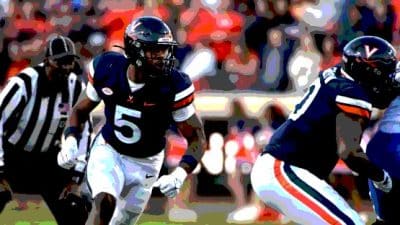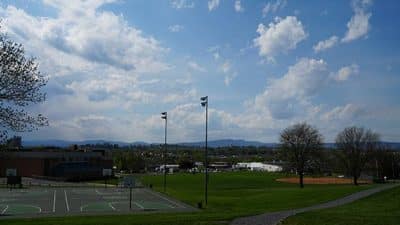
Until now, tumors caused by mutations of the gene Ras have stubbornly withstood numerous efforts to block their growth. “This has been a particular challenge,” said researcher David Brautigan, PhD, of the University of Virginia School of Medicine and the UVA Cancer Center. “We’ve known that Ras is one of the dominant oncogenes for human disease for 30 years, so it was an obvious target for drug development. … But it has resisted attempts at direct targeting over many, many years.”
The researchers hope their discovery will lead to drugs that can slow or stop solid-tumor cancers driven by mutated Ras. “We still need to optimize these compounds and then characterize the agents for toxicity … and determine their optimal route of delivery, such as oral or intravenous, before moving to the clinic,” said lead researcher Dan Theodorescu, MD, PhD, director of the University of Colorado Cancer Center. “But we see this work as a valuable first step in the development of a novel class of therapeutic agents.”
Stopping Tumor Growth
More than a third of human tumors contain Ras mutations, but previous attempts to target the protein produced by the Ras gene have proved unsuccessful in clinical application. Theodorescu and his team took a new approach, seeking out compounds that would bind specifically with a protein cousin of Ras called Ral, which is activated by Ras.
The researchers winnowed a library of 500,000 compounds down to 200, then 80, and eventually to only three. Brautigan, of UVA’s Department of Microbiology, Immunology and Cancer Biology, and Bryce M. Paschal, PhD, of UVA’s Department of Biochemistry and Molecular Genetics, developed assays to test which compounds had the desired effect in bladder cancer cells. These assays were key to demonstrating specificity for Ral. The compounds were docked to Ral by computer modeling of the protein molecular structure and tested for their ability to inhibit human tumors grown in mice.
In total, 19 researchers at four collaborating institutions – Colorado, UVA, Indiana University and Yale – were involved in the work.
For the next step, Theodorescu, a former UVA researcher who initiated the project while at UVA, has partnered with the drug-development company NantBioScience to develop and commercialize anti-cancer drugs and diagnostic products targeting Ral. While the outlook is promising, it will likely be years before a drug could make it to market.
Published in Nature
The findings have been published in the prestigious journal Nature. The article was authored by Chao Yan, Degang Liu, Liwei Li, Michael F. Wempe, Sunny Guin, May Khanna, Jeremy Meier, Brenton Hoffman, Charles Owens, Christina L. Wysoczynski, Matthew D. Nitz, Eric W. Knabe, Brautigan, Paschal, Martin A. Schwartz, David N.M. Jones, David Ross, Samy O. Meroueh and Theodorescu.










